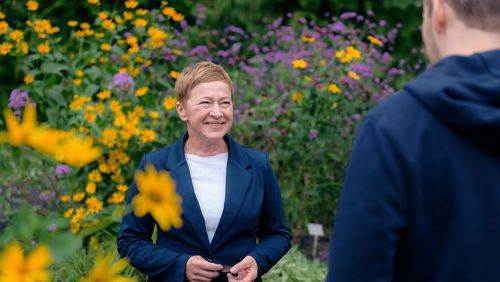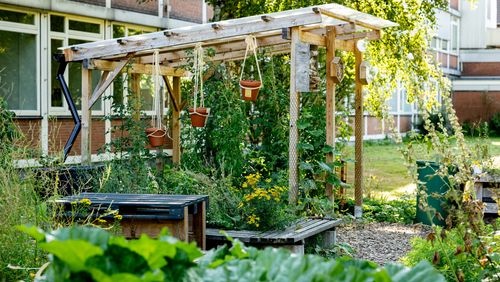"Love and enamouredness" – a topic not only on Valentine's Day. The same-titled research article by a psychologist of the university is still one of the university's most popular websites after a good quarter of a century.
14.716. That is the number of times the Einblicke article “Love and Enamouredness” was viewed online in 2022. The text, which was published in spring 1997, is still surprisingly popular more than 25 years later: the corresponding web page is one of the most frequently visited on the whole University website and if you Google the terms “liebe” (love) and “verliebt” (enamoured) together, the Einblicke article tops the search results.
What is the reason for its enduring appeal? Its author, Professor Dr. Ulrich Mees, says he’s not surprised his article still attracts so many readers: “Love and being in love play an extremely important role, especially in young people’s everyday reality,” says the former lecturer in general psychology, who is now retired.
Mees’s specialty was the psychology of emotions. In a series of empirical studies, he investigated the thoughts, emotions and actions that are characteristic of love and being in love – and thus refuted, at least to some extent, the popular myth that everything about love is mysterious and unfathomable.
Mees’s Einblicke article neatly summarises the results of his research. He lists the main characteristics of romantic love, explains which of these are more pronounced when we are in love (infatuated) and which are more marked when we love someone. He also goes into some detail about how we expect our partner to express their love – as well as how we fall out of love. “There is a tacit agreement in our culture about what it means to love and what it means to be in love," says Mees. His studies made – and continue to make – this for the most part unconscious knowledge accessible to people. “I believe the results are still valid,” he says.
The authors of online encyclopedia Wikipedia apparently share this view: the entry for “Verliebtheit” features a link to Mees’s Einblicke article.




